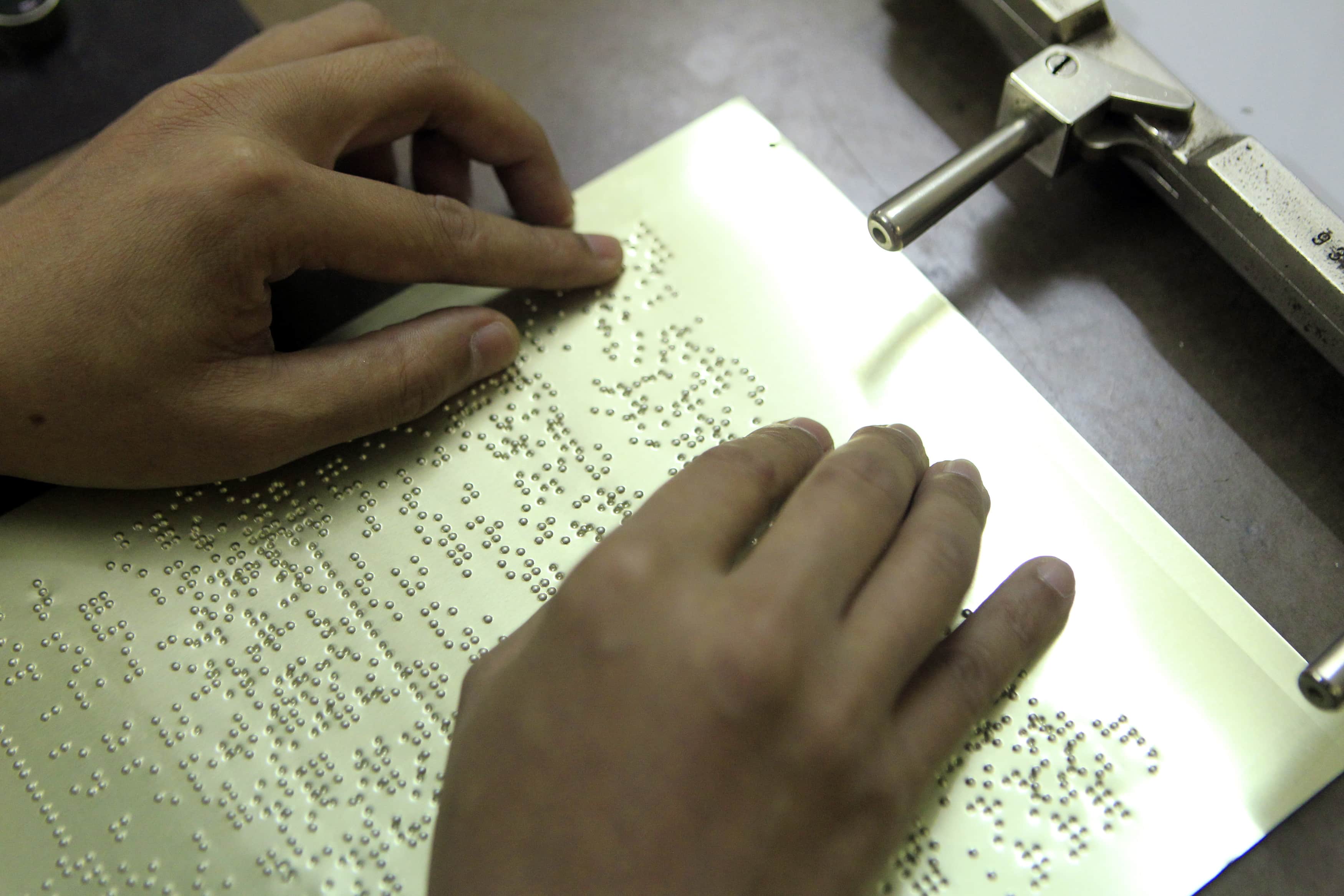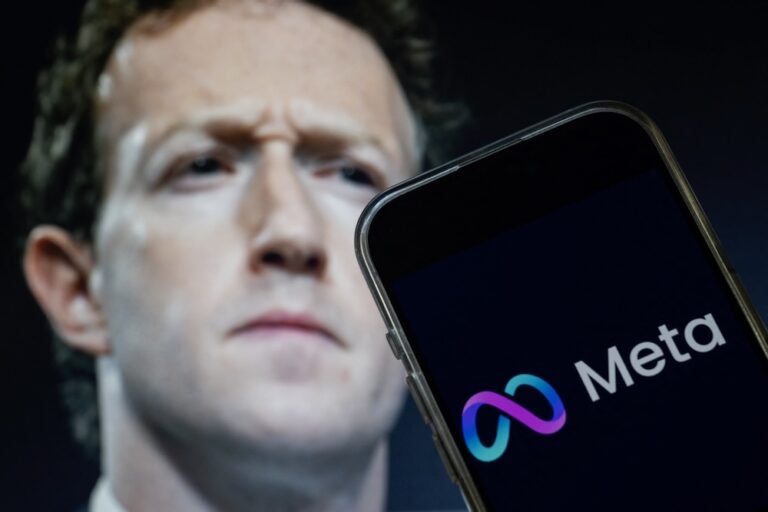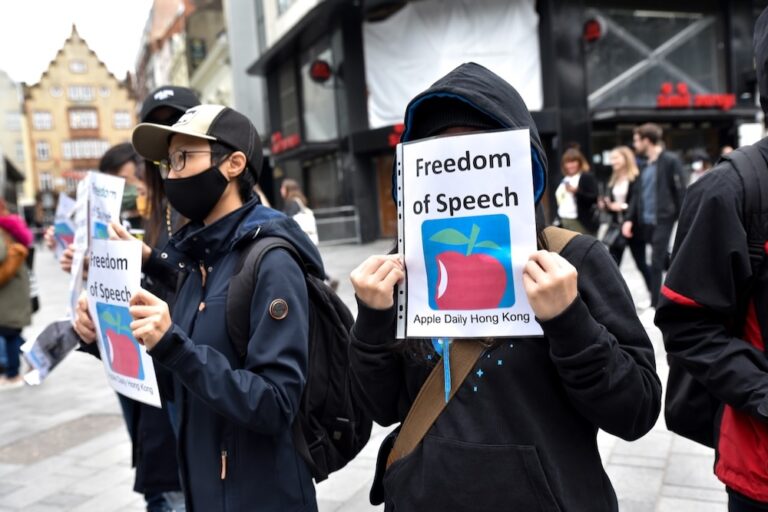The Trans-Pacific Partnership (TPP) threatens all users' ability to access information and participate in culture and innovation online, but it's especially severe for those with disabilities or who otherwise depend on content in accessible formats.
This statement was originally published on eff.org on 27 July 2015.
The Trans-Pacific Partnership (TPP) threatens all users’ ability to access information and participate in culture and innovation online, but it’s especially severe for those with disabilities or who otherwise depend on content in accessible formats. That’s because it doubles down on broken policies that were heavily lobbied for by Hollywood and other major publishers that impede the distribution of accessible works.
The TPP would force countries to enact harsher restrictions, and in other cases, undermine future efforts to reform laws that are already actively robbing people’s autonomy and control over their own devices, purchased content, and online activities. If you’ve been following this issue, you’d know that this is due to secrecy of negotiations and the overwhelming influence that the copyright industries wield over trade officials.
Of course, all of our rights are at risk when a select group of powerful private interests dominate public policy considerations – but those who have the most to lose are people whose interests are already often marginalized and misunderstood by both companies and policymakers alike. Over the years, this has been especially true in the realm of copyright. The restrictions that pervade copyright enforcement create all kinds of barriers for people with disabilities. They impede legal reforms and even entire technologies that could enable knowledge access and cultural participation for all.
The problem is that most creators and publishers of works, such as books, movies, and software applications, don’t readily provide or anticipate alternative formats that are accessible for people with disabilities. One glaring example is what the World Blind Union calls the “book famine,” in which only 5% of published books were ever made accessible for the blind and people with print disabilities, and even worse, less than 1% of those available in poor countries.
In short, publishers don’t do enough to make works accessible to everyone. They can, and sometimes do, go to some lengths to make their commercial works more accessible – such as by adding subtitles or descriptive audio to movies. Yet these measures don’t account for various kinds of unique needs people have, nor address the problem of interoperability of closed formats with third-party or free and open source platforms.
Stronger Global Controls on Circumventing DRM
It’s great when rightsholders include meta-data like closed-captioning in their digital files – but if it’s locked behind DRM, those subtitles aren’t useful for everyone who might want to use them. And sometimes, as with the mess with HDMI captioning standards, this data ends up unavailable for anyone. A quick hack could turn transcriptions into a larger font size, or output them to another assistive device, or another perfectly lawful accommodation. But such hacks are prohibited under the anti-circumvention measures of the DMCA. Even explaining to others how they can improve access is cast as “trafficking” in a circumvention measure.
The TPP extends the United States’ ban on interfering with digital rights management (DRM) technologies which would make it extremely difficult to tinker with devices and content or offer services to the disabled to grant them better access without risking criminal liability. The last leak reveals provisions that makes it a crime to distribute tools and methods to get around DRM, irrespective of whether people are using them for financially-motivated infringement.
If someone with a disability wants to circumvent DRM, they either have to do it themselves or use illegally obtained tools to do so. The criminal penalties for sharing anti-circumvention tools could be enough to discourage tech-savvy individuals from sharing them online. This effectively blocks all kinds of creative and educational works from being transformed into accessible works.
The best way to make works accessible is by allowing people to control, modify, and tinker with them themselves. And since most people don’t have the time or skills to do it, they should be able to rely on others to do this for them. The most obvious solution would be to create blanket exceptions to copyright that allow people to shift works into accessible formats that fit their needs.
Marrakesh Treaty: A Critical Step Towards Empowering Users with Disabilities
That’s exactly what public interest advocates fought for in the Treaty for the Visually Impaired. Also known as the Marrakesh Treaty, it is a UN agreement that came out of the World Intellectual Property Organization (WIPO). It binds signatory countries to create strong use exceptions for the blind and people with visual disabilities to have access to books and illustrations. Individuals or any “authorized” organizations can, under the Treaty, circumvent DRM on ebooks or import accessible books from another participating country for the purposes of enabling people with visual impairments the ability to read those works.
After about a decade of intense negotiations, the Marrakesh Treaty was finally concluded and signed in June 2013. It was a momentous achievement not just for people with visual disabilities, but also users of all kinds. It was the first treaty to ever enshrine the rights of users in international law.
However, this treaty began as a much stronger, more comprehensive project. Its advocates sought to protect and enshrine the rights of people with other kinds of disabilities, as well as win protections for various kinds of uses for a wider array of works. Major publishers and studios ultimately failed at killing the treaty, but in the process they were able to strip it bare of other rights and practical uses. This led to a huge number of possible beneficiaries, like the deaf, becoming left out. This was a direct result of pressure from the copyright industries, who heavily lobbied the U.S. and EU representatives to exclude the deaf from the treaty. Unfortunately, they also succeeded in striking out “audiovisual” works, like films and video games.
The Marrakesh Treaty is still an extremely valuable treaty, and when it’s ratified by 20 countries, it will finally go into effect and help address the world book famine among thousands of the world’s blind and visually impaired. But the reality is that this treaty alone is not enough to protect the rights of people with disabilities against the barriers created by copyright.
There were several instances when private industry reps, in addition to government representatives, during negotiations cited existed trade agreements’ copyright provisions as reason to reject the passage of the Treaty (this argument holds no water, but is an issue we may explore in another blog post). The real danger with the TPP is that it will further tip the policy environment towards rightsholders and away from the public interest. Specifically, the trade agreement could make it even harder to pass more international user-rights focused instruments like the Marrakesh Treaty.
Narrowing of Rights for More People and New Technologies
The passage of the Marrakesh Treaty led to a change in the TPP’s Limitations and Exceptions section of the Intellectual Property chapter, expanding the definition of a legitimate use as one that is “facilitating access to works for persons who are blind, visually impaired, or otherwise print disabled” (some of this wording is still contested, but on the whole is included in the most recent leak of the agreement). This was of course a welcome change to see in the TPP.
What’s worrying however, is that in order to pass a new international exception for other kinds of disabilities, such as for the deaf, it will require another agonizing, years-long process. While Marrakesh was intended to set a lower limit on the number of potential exceptions for accessibility, the wording of trade agreements like the TPP could turn the same language into an upper limit. This is due to its approach to copyright exceptions, exemplified by its “three-step test” provision. It’s a set of criteria that governments must follow in order to pass any new exception (like say, allowing works to be used for educational or even accessibility purposes). In practice, the three-step test can embolden restrictions against using copyrighted works, rather than being more permissive like fair use.
So instead of providing only a narrow right to people with visual impairments, the TPP could include an exception that would help anyone who has difficulty accessing work due to a disability. But unlike at Marrakesh there are no representatives of the disabled to make that argument in the closed negotiating rooms of the TPP.
Advocates for increased accessibility have long understood that it’s about creating technology that is accessible for everyone who needs it, not just a few carefully carved out classes of the “officially” disabled. The Marrakesh treaty was a victory for providing global exceptions to copyright to improve digital accessibility, at the cost of only being permitted to offer those for the visually-impaired. The real future is one where the tools to increase accessibility are available and modifiable by those who are best able to customize and improve them: the users themselves. The TPP, by attempting to freeze exceptions at the Marrakesh level or worse, lock us out of that future. And by doing so, it locks out millions from digital content they would otherwise have the right and ability to enjoy.



